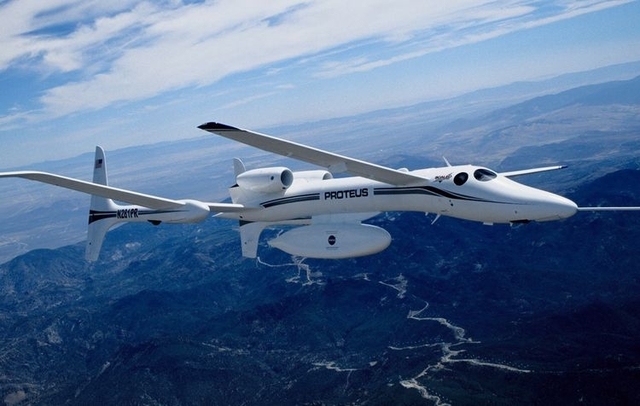Northrop Grumman and the Defense Advanced Research Projects Agency (DARPA) demonstrated the ability to wirelessly transmit 100 gigabits per second over a distance of 20km (12.4 miles), an improvement in two-way data links that the company claims could enable powerful airborne sensors to provide on-the-ground military personnel with nearly real-time intelligence, surveillance and reconnaissance updates.
The two-way data link, which featured active pointing and tracking, was demonstrated 19 January 2018 between two ground stations in Los Angeles as part of DARPA’s 100Gbps RF Backbone programme, according to Northrop Grumman, who announced the test on 22 August. The data rate is fast enough to download a 50Gb Blu-ray video in four seconds. The transmission was not encrypted, says Northrop Grumman.
“This dramatic improvement in data transmission performance could significantly increase the volume of airborne sensor data that can be gathered and reduce the time needed to exploit sensor data,” says Louis Christen, director of Northrop Grumman’s research and technology. “Next generation sensors such as hyperspectral imagers typically collect data faster, and in larger quantity than most air-to-ground data links can comfortably transmit. Without such a high data rate link data would need to be reviewed and analysed after the aircraft lands.”

100Gbps hardware will be flown aboard Proteus aircraft
Northrop Grumman
As part of the second phase of DARPA’s Backbone programme, which started in June and is ongoing, Northrop Grumman aims to demonstrate the transmission of up to 100Gbps over a 100km range using hardware flown aboard subsidiary Scaled Composite’s Proteus demonstration aircraft. The aerospace manufacturer also wants to show the ability to transmit at even further distances, though at lower data rates.
To accomplish these data transmission rates, DARPA’s website says the programme is using millimeter wave radio frequencies to produce spectral efficiencies at or above 20 bits-per-second per Hz. Computationally efficient signal processing algorithms are also being developed to meet size, weight, and power limitations of host platforms, which will mostly be high-altitude, long-endurance aircraft, the agency says.
Source: FlightGlobal.com



















